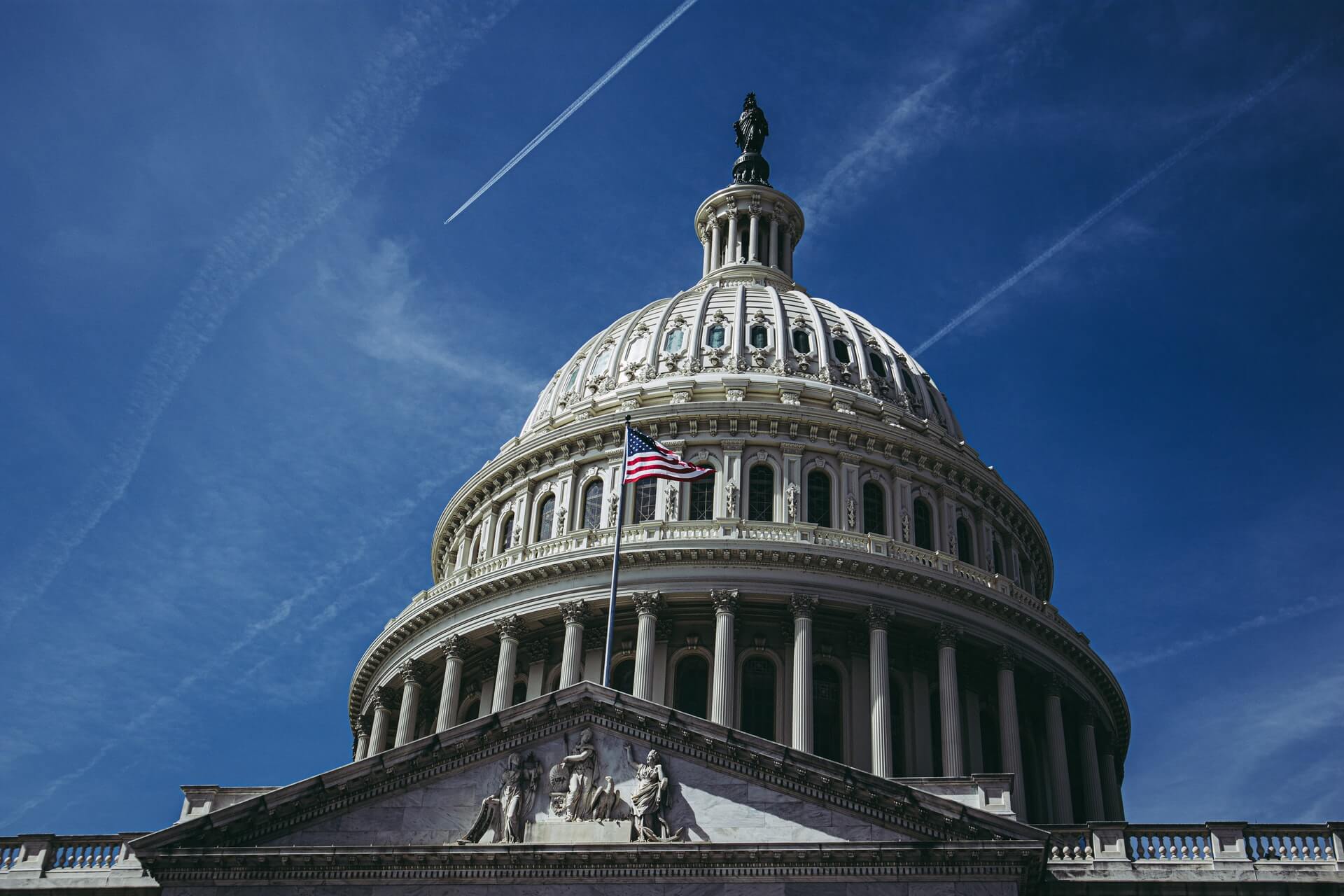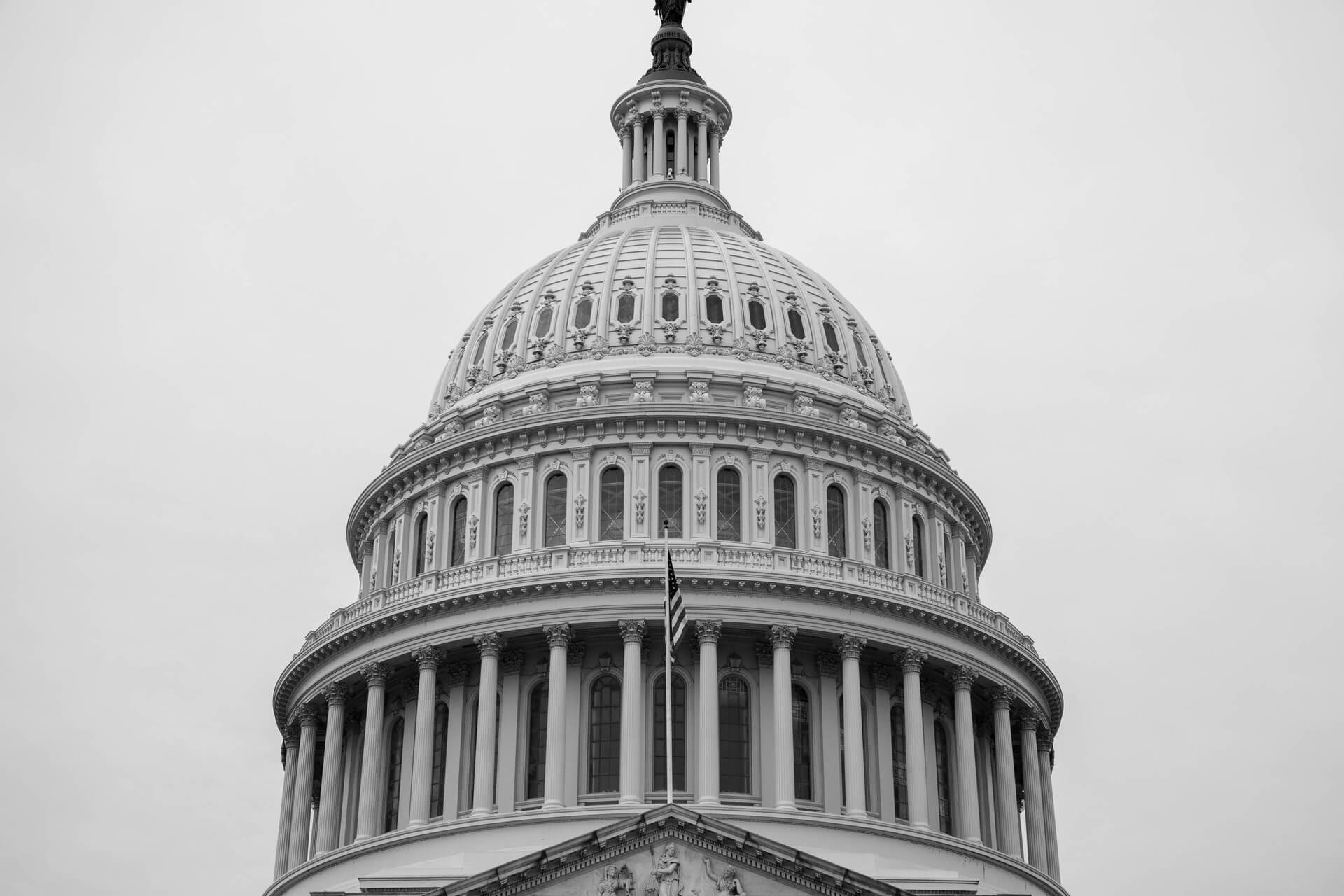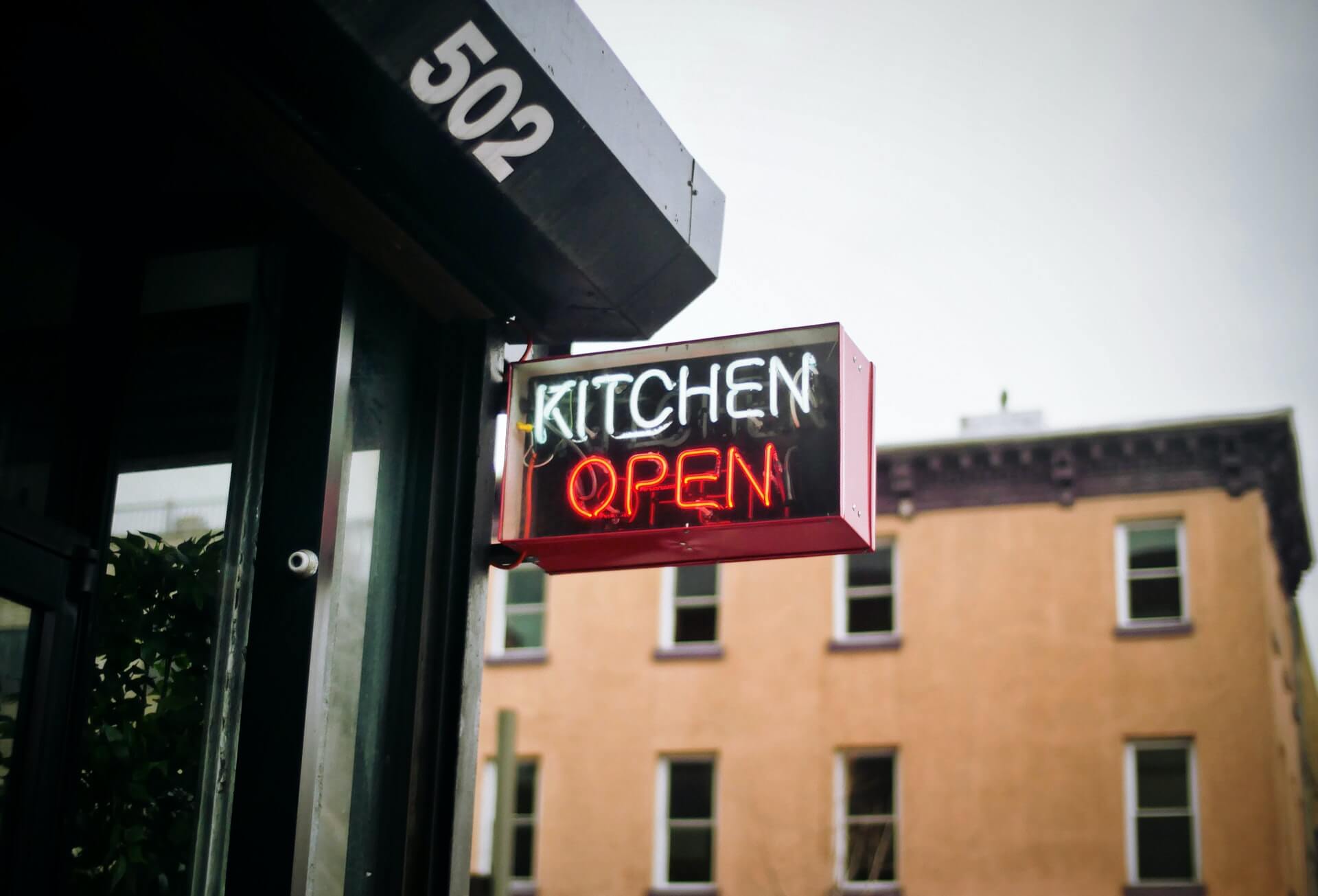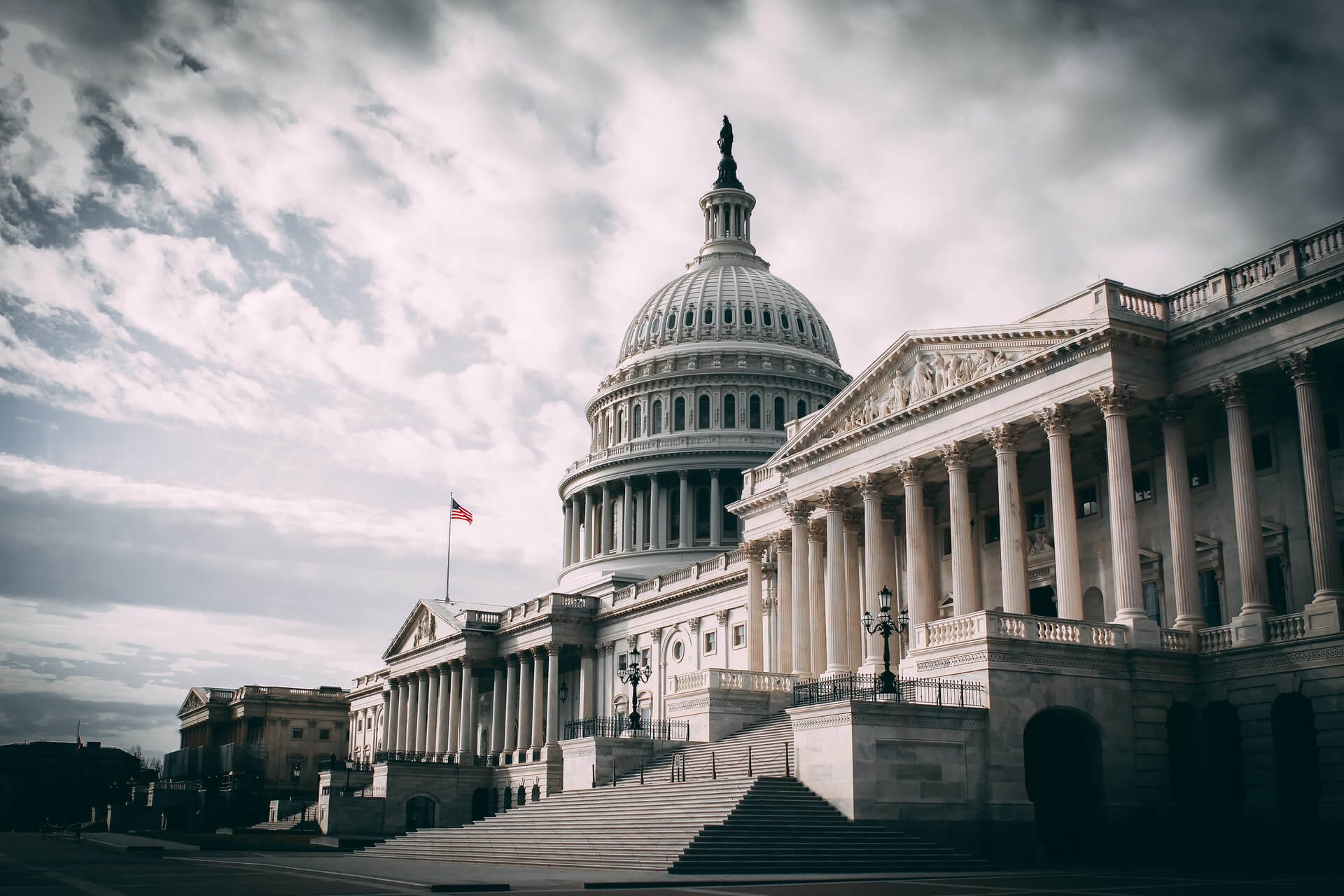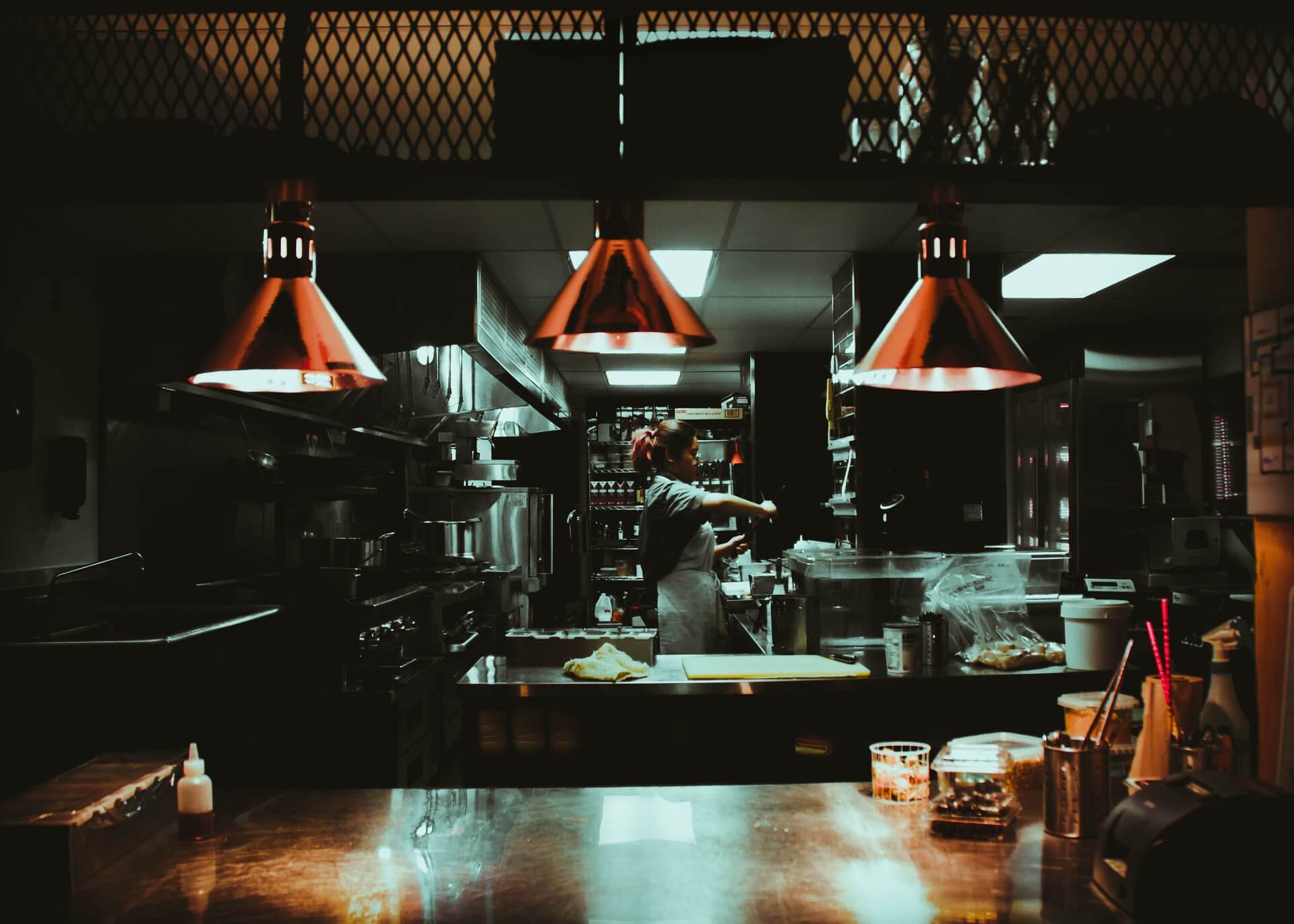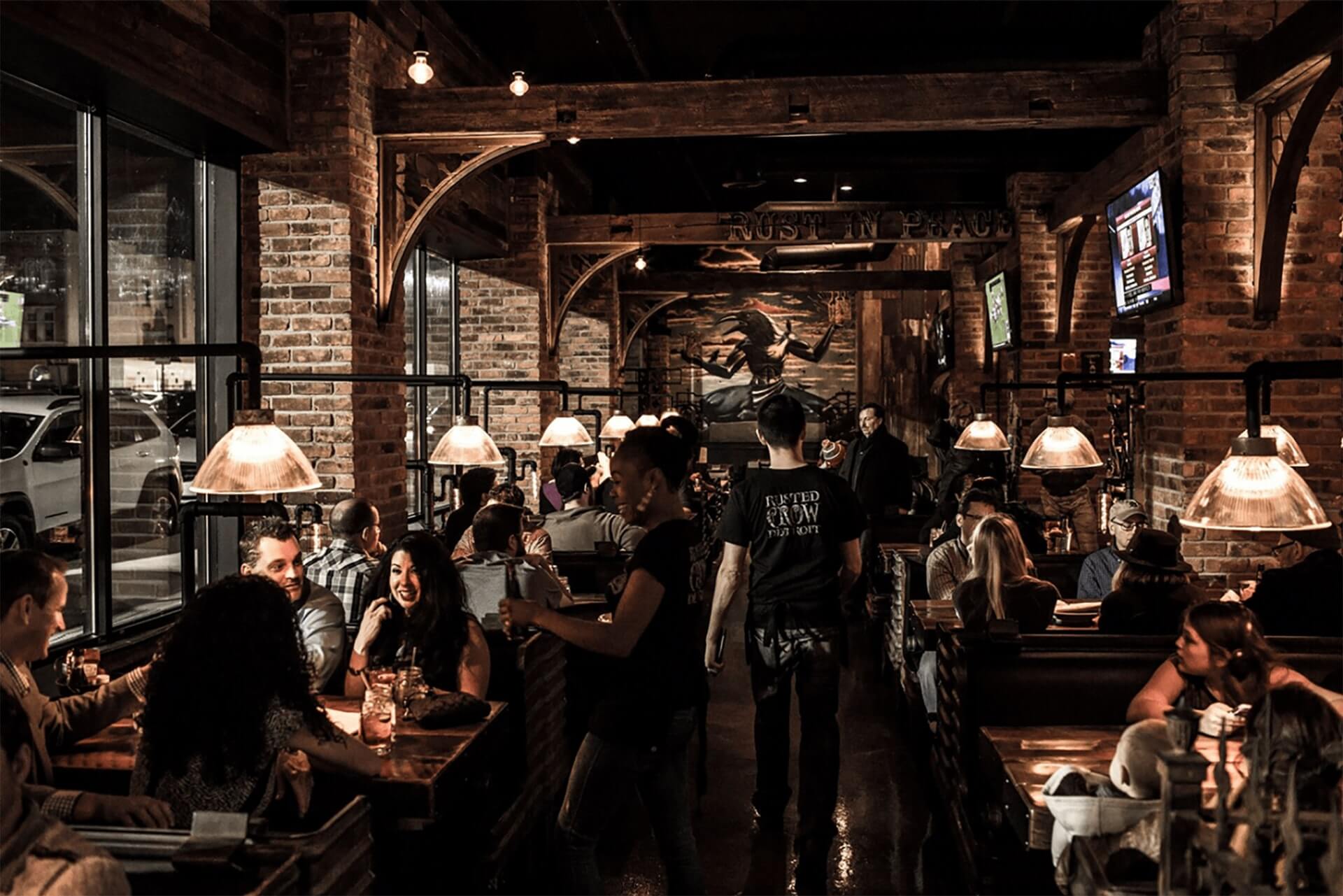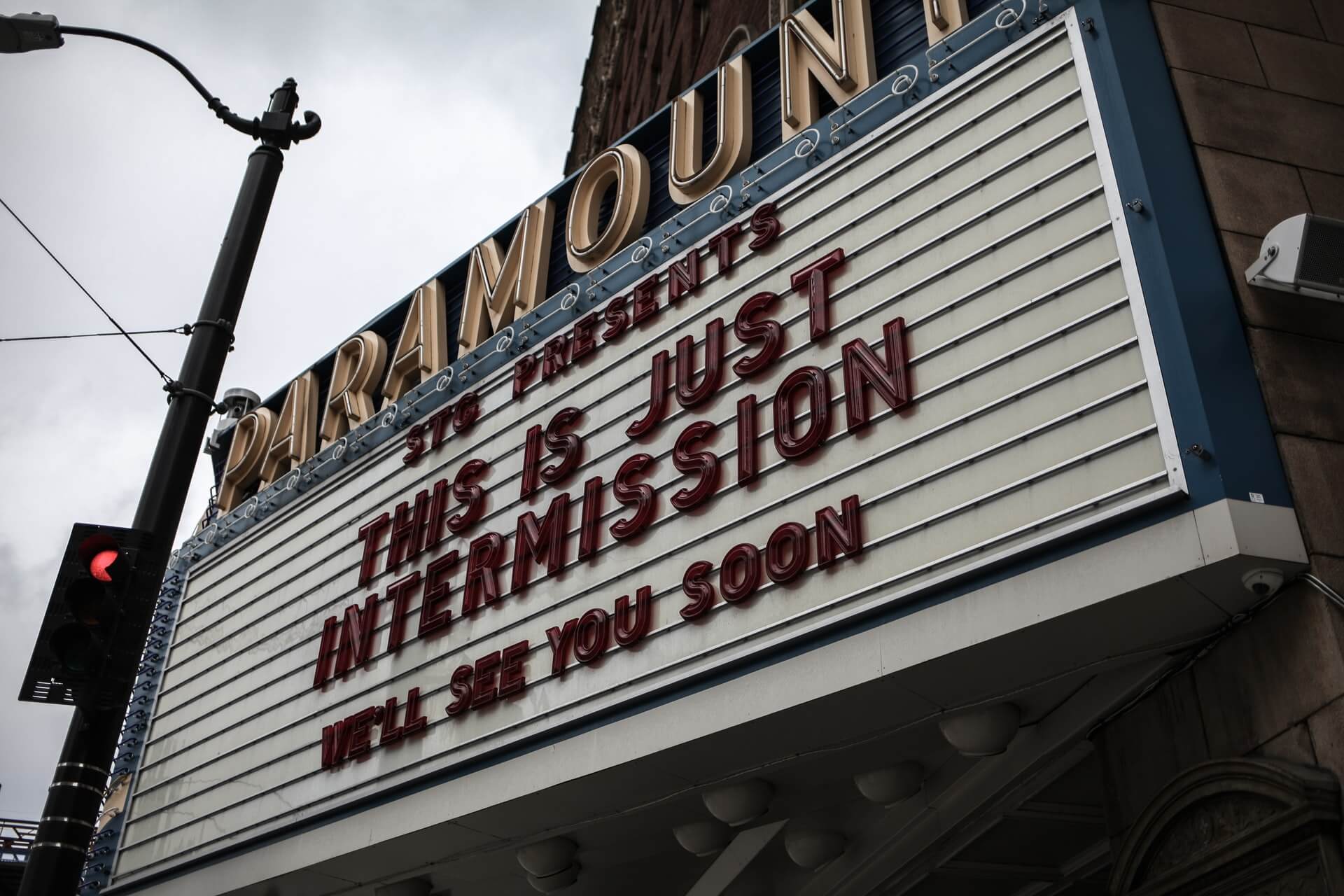After RRF Failure, What’s Next for Us?
by David Klemt

After the US Senate failed to even debate the Restaurant Revitalization Fund, instead opting to let it die, what’s next?
Obviously, trusting our elected officials to do the right thing isn’t a viable option. After all, the Senate slow-walked the RRF’s death march. It took six weeks after the House voted “yes” on RRF for senators to filibuster the bill to death.
Last Thursday, the National Restaurant Association addressed moving forward. Sean Kennedy, executive vice president of public affairs, released a 90-second video in which he spoke about the RRF and where we are now.
Reconciliation?
One of the first options Kennedy proposes in his video is a reconciliation bill. That, however, is highly unlikely to come to fruition.
So, what’s a reconciliation bill? Simply put, it has to do with the Senate’s supermajority requirement.
In order for a bill to advance to a vote, 60 percent of the Senate must support ending a filibuster. On that topic, a filibuster is a procedural tool that prolongs a debate. The filibuster is used to delay or prevent a vote on a bill, resolution, etc.
Now, a budget reconciliation bill circumvents the supermajority requirement. A simple majority—51 senators for the US Senate—is all it takes to override a filibuster in this instance.
Technically, from what I’ve come to understand, the Senate can pass a maximum of three budget reconciliation bills in a year. Most often, it passes a single such bill per year.
Obviously, Kennedy feels that this would be a longshot to cross our fingers and hope the RRF is funded via these means.
Staying Ready
As they say—yes, “they”—if you stay ready, you don’t have to get ready. According to Kennedy, the NRA is prepared to act in any way they can should replenishing the RRF or similar aide once again become an option.
“We’re gonna continue to closely monitor the situation and we certainly can activate if there any signs of movement,” he says. “We’re not seeing them yet.”
The “yet” there is perhaps a bit hopeful. And as we like to say, hope isn’t a strategy. However, optimism is far healthier than pessimism and hopelessness.
Additionally, Kennedy and the NRA are grateful to the bipartisan group of representatives and senators who have shown their support for our industry and replenishing the RRF.
“We’re incredibly appreciative of the works of our champions in Congress,” says Kennedy.
In particular, he acknowledges Senate Majority Leader Chuck Schumer (D-NY), and senators Ben Carden (D-MD), Roger Wicker (R-MS), Kyrsten Sinema (D-AZ). In the House, Kennedy thanks Speaker of the House Nancy Pelosi (D-CA), and representatives Earl Blumenauer (D-OR), Dean Phillips (D-MN), Brian Fitzpatrick (R-PA).
What’s Next?
As Kennedy says, much of what he discussed with people at the 2022 NRA Show centered around this very topic. Just what are we supposed to do moving forward?
Unfortunately, there’s no clear answer, no simple solution we can point to and implement.
Instead, we have several issues we must navigate to keep restaurant and bar doors open:
- What can we do to more effectively recruit and retain staff?
- How can we best address increases in food costs and problems with availability?
- Is there a way to address rising credit card transaction fees?
Of course, that’s but a handful of what we must address and solve. And at least when it comes to the first question, we know some of the elements for the solution:
- Treat staff with respect.
- Value diversity, equity, and inclusion.
- Improve pay and offer benefits.
- Develop a healthy company culture and workplace.
On the topic of state and local policymakers, expecting help is a dicey proposition.
Unless they engage with the owners, operators, and industry professionals in their states, counties, cites, and towns, they’ll hurt these businesses. The only effective and helpful way forward is for them to engage with us and not simply introduce and pass legislation that hurts. Possible, of course, but a big ask as we’ve seen proven time and time again.
Image: Minator Yang on Unsplash


